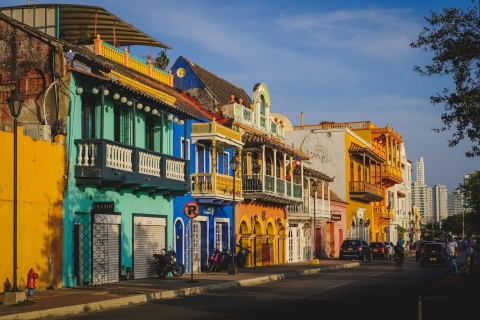Salar de Uyuni Weather and Climate: A Comprehensive Guide
The weather in Salar de Uyuni sees moderate temperature fluctuations over the course of a year.
Temperatures can be pleasant at the high end
to roughly mild at the low end.
Salar de Uyuni has a dry climate with relatively low precipitation levels.
Let’s explore the climate details in depth to provide you with a complete overview.
Average maximum day and minimum night temperature
In Salar de Uyuni, seasonal changes bring about a moderate variation in temperatures. On average, daytime temperatures range from a pleasant 21°C in December to a moderate 12°C in July.
Nighttime temperatures can drop, with average lows reaching -5°C in July. Check out our detailed temperature page for more information.Temperature ranges by month
Precipitation and rainy days
Salar de Uyuni typically sees modest rain/snowfall throughout the year, with an average annual precipitation of 272 mm. The seasons in Salar de Uyuni, bring significant changes in precipitation. The wettest month, January, receives moderate rainfall, with an average of 91 mm of precipitation. This rainfall is distributed across 14 rainy days. In contrast, the driest month, May, experiences much less rainfall, totaling 1 mm over 0 rainy days. These distinct seasonal differences provide diverse experiences throughout the year. For more details, please visit our Salar de Uyuni Precipitation page.The mean monthly precipitation over the year, including rain, hail and snow
almost clear and no rain clear and no rain almost clear and no rainForecast for Salar de Uyuni
Select a Month of Interest
Check the conditions for any month of the year.
The best time of year to visit Salar de Uyuni in Bolivia
During the months of November and December you are most likely to experience good weather with pleasant average temperatures that fall between 20°C and 26°C.Other facts from our historical weather data:
December has an average maximum temperature of 21°C and is the warmest month of the year.
The coldest month is July with an average maximum temperature of 12°C.
January tops the wettest month list with 91 mm of rainfall.
May is the driest month with 1 mm of precipitation.
No idea where to travel to this year? We have a tool that recommends destinations based on your ideal conditions. Find out where to go with our weather planner.




